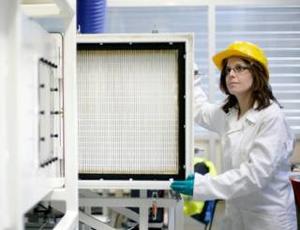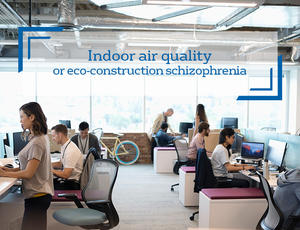On 21 January in Paris, the new 2019 edition of the international "Microsensors Challenge" organized by Airparif and the French development agency (AFD), evaluated the performance of sensors measuring air quality over a four-month period. Results: 34 microsensors tested and 4 winners in the "indoor air quality" category. The winners were selected by a jury made up of Airlab's partners - including Veolia.
The challenge sets out criteria for users to choose on the basis of their needs. It was introduced by Airlab, which accelerates technological and behavioural solutions to improve air quality, together with its partners, including Veolia. In fact the Group, founding partner of Airlab since 2017, has developed a range that guarantees better indoor air quality.
Improving air quality with better connected sensors
Miniaturized, low-cost air quality sensors will equip cities, buildings, vehicles and the public. These technologies are attracting interest on every continent. And in emerging or developing countries where AFD is working with the authorities, high pollution levels go hand in hand with limited technical and financial resources: in terms of improving air quality the stakes are therefore high for this measuring equipment.
And the winners are...
In the "Indoor Air - Control (IA-P)" category: The E 4000NG sensor from NanoSense (France)
In the "Indoor Air - Monitoring (IA-M)" category: The E 5000RE sensor from NanoSense (France)
For the "Indoor Air" monitoring, awareness and control categories: the Airvisual Pro+ sensors from Iqair (Switzerland) and Laser EGG from Kaiterra (China).
They were selected from 34 microsensors tested over a 4-month period in Paris on the basis of 44 parameters and 15 pollutants: in the metrology laboratory, in vehicles, on people and on Airparif sites. The evaluation looked at 5 criteria: measurement accuracy, ergonomics, relevance of the pollutants measured in relation to use, cost, and the solution in the category entered (size, interoperability, handling, data management).
The best performances are on fixed indoor air collectors, compared to the 2018 edition, for awareness uses or for managing indoor air quality in a building. There has been a 10% improvement in ergonomics and a 30% improvement in accuracy. These assessments are available from www.airlab.solutions.






